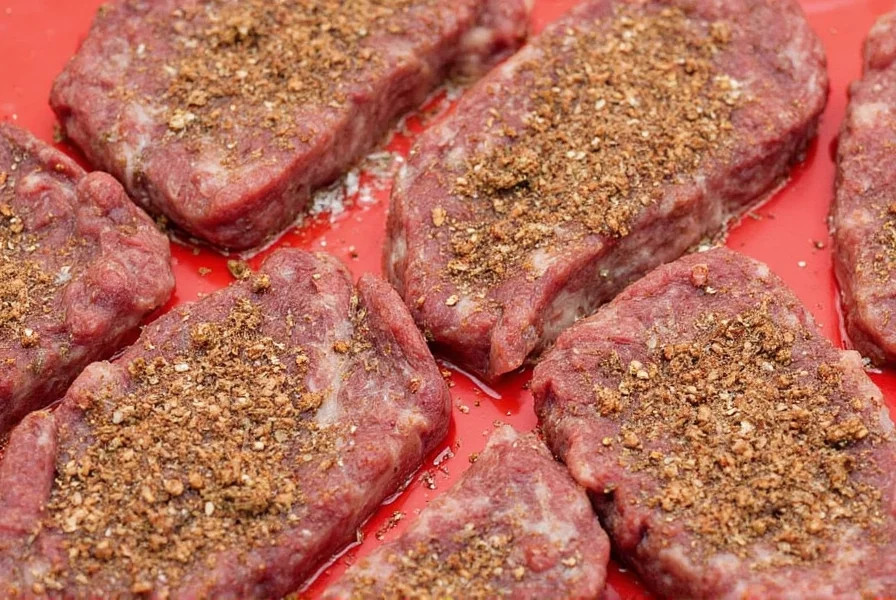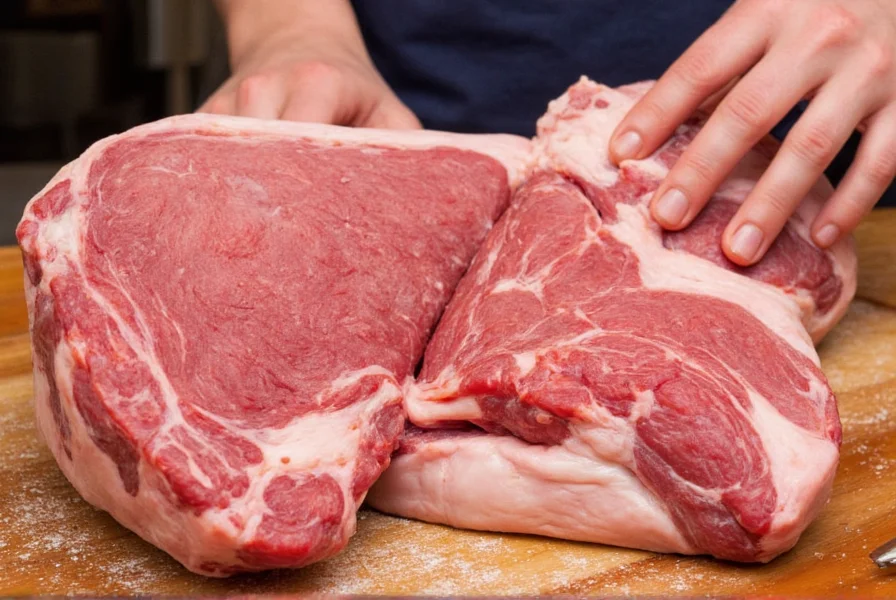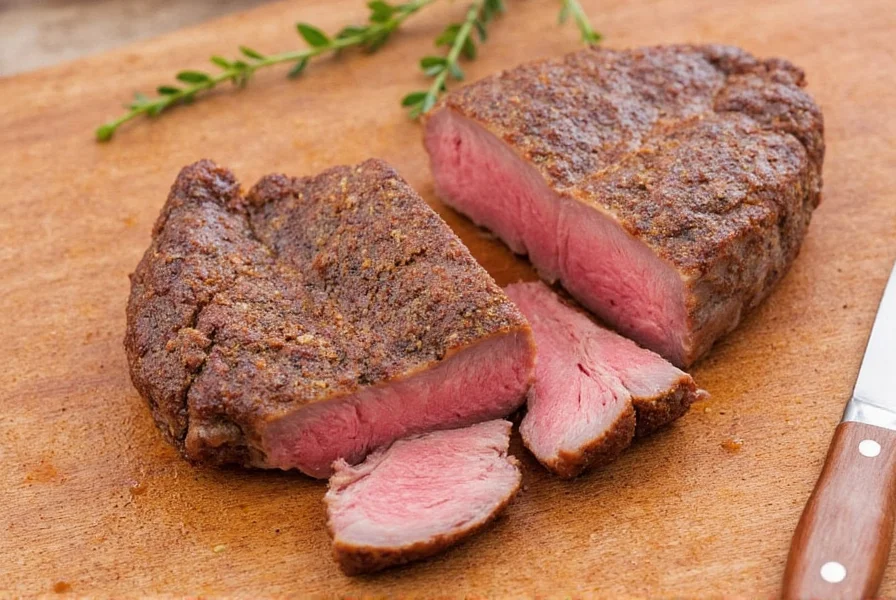Best Brine Seasoning Products for Juicy Meats in 2025
Choosing the right brine seasoning product is crucial for achieving perfectly juicy, flavorful meats. Whether you're grilling chicken, smoking ribs, or roasting turkey, commercial brine solutions save time while delivering consistent results. We've tested and ranked the top 5 products based on flavor profile, versatility, and user reviews to help you make the best choice for your cooking needs.
Top 5 Brine Seasoning Products You Need to Try
After extensive testing across various meats and cooking methods, these products consistently deliver superior results:
- Butcher's Breeze All-Natural Brine Packets
- Best For: Chicken, turkey, pork
- Flavor Profile: Herb-forward with subtle garlic notes
- Key Advantage: Pre-measured packets ensure perfect salt balance
- Why It Works: All-natural ingredients without preservatives create authentic flavor penetration
- Smoky Mountain Liquid Brine – Original Blend
- Best For: Ribs, brisket, smoked chicken
- Flavor Profile: Rich, smoky, slightly sweet
- Key Advantage: Ready-to-use liquid formula penetrates thick cuts faster
- Why It Works: Hickory smoke and molasses create authentic BBQ flavor without additional smoking
- Spice Garden Brine Base – Mediterranean Style
- Best For: Lamb chops, grilled poultry, seafood
- Flavor Profile: Bright, aromatic, earthy
- Key Advantage: Olive oil infusion enhances moisture retention
- Why It Works: Rosemary and lemon peel prevent seafood from drying out during grilling
- Juice-Up Brine Crystals – Poultry Formula
- Best For: Whole turkeys, boneless chicken breasts
- Flavor Profile: Classic salt and pepper base with savory undertones
- Key Advantage: Fast-dissolving crystals work in 30 minutes for quick prep
- Why It Works: Specifically formulated for poultry's delicate texture without overpowering
- Backyard Flame Spicy Citrus Brine Mix
- Best For: Grilled shrimp, chicken wings, pork tenderloin
- Flavor Profile: Spicy, tangy, bold
- Key Advantage: Chili flakes and orange peel create perfect caramelization
- Why It Works: Acidity from citrus tenderizes while heat adds complexity without overwhelming
How to Choose the Right Brine Seasoning
| Factor | Why It Matters | Product Example |
|---|---|---|
| Cooking Method | Different methods require specific salt concentrations and flavor profiles | Smoking needs liquid brines (Smoky Mountain) for deep penetration |
| Meat Type | Lean cuts need more moisture retention; fatty cuts benefit from flavor enhancers | Poultry-specific crystals (Juice-Up) prevent dryness in chicken breasts |
| Time Constraints | Quick-prep needs fast-dissolving formulas | Crystals (Juice-Up) work in 30 minutes vs. 4+ hours for homemade |
| Dietary Needs | Gluten-free, organic, or low-sodium options available | Butcher's Breeze is certified gluten-free and preservative-free |
For most home cooks, the Butcher's Breeze All-Natural Brine Packets offer the best balance of convenience and flavor. If you're smoking meats, the Smoky Mountain Liquid Brine delivers authentic BBQ results without extra equipment. Always match the product to your specific cooking scenario for optimal results.
Pro Tips for Using Commercial Brines
- Never Skip the Cool Down – Always chill brine completely before adding meat to prevent bacterial growth
- Adjust Time Based on Product – Liquid brines penetrate faster than dry mixes; check product instructions
- Rinse After Brining – Essential for salt-heavy products to avoid oversalting
- Use Non-Reactive Containers – Glass or food-grade plastic only; avoid metal bowls
- Double Flavor with Injection – For thick cuts like pork shoulder, inject brine directly before soaking

Final Recommendation
Commercial brine seasoning products eliminate guesswork while delivering restaurant-quality results. For everyday use, Butcher's Breeze All-Natural Brine Packets provide perfect balance. For smoked meats, Smoky Mountain Liquid Brine creates authentic BBQ flavor without a smoker. Remember: the best product depends on your specific cooking scenario – match the brine to your meat type and method for guaranteed juicy results every time.












 浙公网安备
33010002000092号
浙公网安备
33010002000092号 浙B2-20120091-4
浙B2-20120091-4